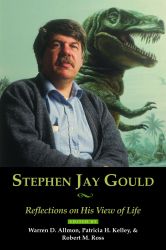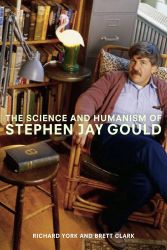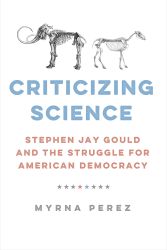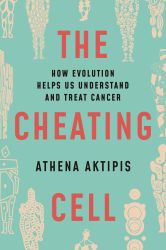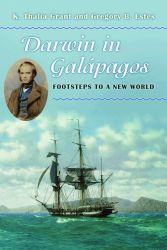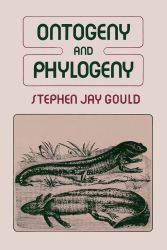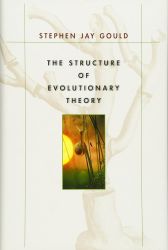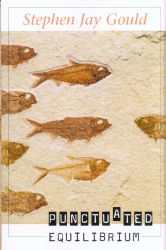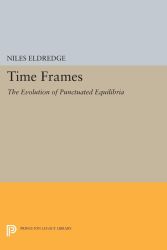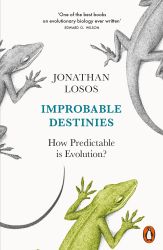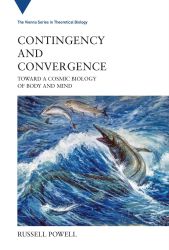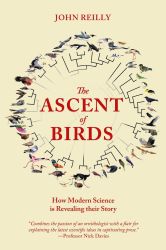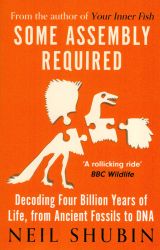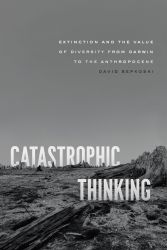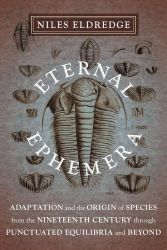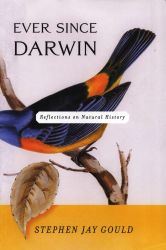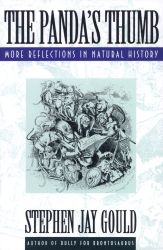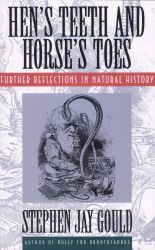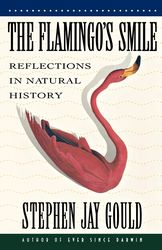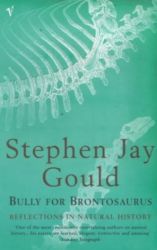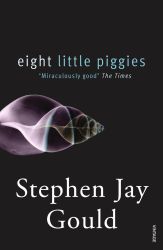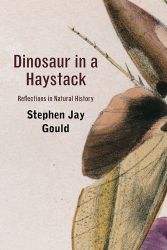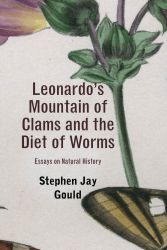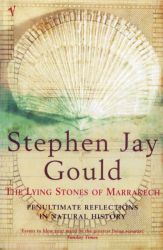7-minute read
keywords: evolutionary biology, history of science, paleontology
Stephen Jay Gould (1941–2002) was a well-known evolutionary biologist, palaeontologist, and science populariser. Amongst his many achievements stand the 300 popular essays that appeared from 1974 to 2001 in the magazine Natural History, published by the American Museum of Natural History. Many of these were collected in bestselling volumes that have been reprinted repeatedly. To celebrate this legacy of essays, his friends and close colleagues Bruce S. Lieberman and Niles Eldredge, themselves evolutionary biologists and palaeontologists of considerable renown, here present thirteen of their own essays that do exactly what the subtitle promises. They entertain as often as they intrigue in a collection that draws serious and, looking at the chapter titles, sometimes not-so-serious connections between macroevolution and palaeontology on the one hand, and popular culture, philosophy, and the history of science on the other. To my shame, I have to admit that I have never read Gould’s essays or his many books (while having several on my shelves). Macroevolutionaries convinced me that this gap in my knowledge needs closing.
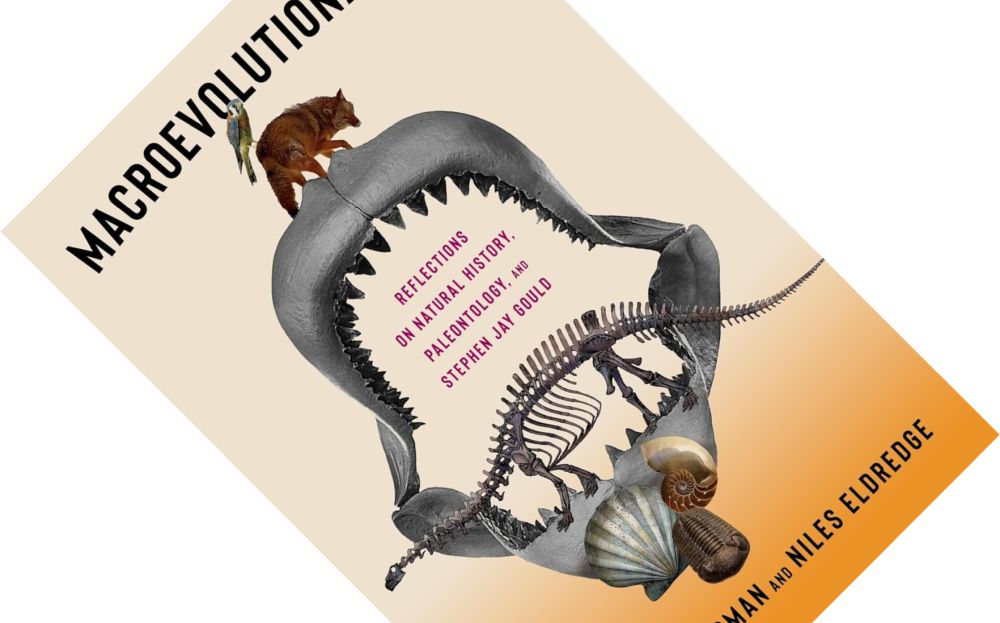
Macroevolutionaries: Reflections on Natural History, Paleontology, and Stephen Jay Gould, written by Bruce S. Lieberman and Niles Eldredge, published by Columbia University Press in September 2024 (hardback, 216 pages)
Despite being a towering intellectual figure, or perhaps because of it, there is no book-length biography of Gould as far as I know. However, over the years, books have reflected on his intellectual life, his political views, his humanism, and (still forthcoming) his criticism of biases in science. Macroevolutionaries is similarly not a biography but adds to this growing body of work engaging with Gould’s views. Furthermore, the book is also not an uncritical celebration of Gould. Though they respected him greatly and will defend him where they feel he is no longer given the credit he is due, “that doesn’t mean that we agreed with him on each and every last thing” (p. 40). They rather candidly write that he sometimes went solo and modified ideas cooked up with others, in the process “getting more than his share of the credit and attention” (p. 7).
This characterisation of Macroevolutionaries as neither biography nor hagiography also extends to the essays themselves. Not all of them invoke Gould, instead standing on their own two feet. The essay Expanding Evolution: Organisms and Species, the Soma, and the Technosphere explores how the logic underlying evolution by natural selection can be expanded to e.g. cancer cells (somatic evolution) and material culture (technospheric evolution). Eldredge here draws on his passion for musical instruments by exploring “convergent evolution” between trumpets and cornets, a by now similar-looking instrument. In Darwin in the Galápagos: Running the Beagle Tape Backward, Eldredge provides an answer to an intriguing thought experiment a historian once put to him: would Darwin have come up with the same ideas had his trip on the Beagle happened in reverse, with the Galápagos being the first port of call? Eldredge thinks not and highlights key observations Darwin made during his trip that changed his initial views on transmutation: “there were things Darwin needed to see first to comprehend the significance of what he would see in the Galápagos in August 1835” (p. 147).
“This characterisation of Macroevolutionaries as neither biography nor hagiography also extends to the essays themselves. Not all of them invoke Gould, instead standing on their own two feet.
Other essays do engage explicitly with Gould’s ideas. A recurrent touchstone is the theory of punctuated equilibria that Gould and Eldredge developed in a 1972 paper (drawing on earlier work by Eldredge): the idea that speciation in the fossil record alternates between long periods of stasis and periods of abrupt change. This contrasted with Darwin’s original view of slow and steady change. How do such long periods of evolutionary stasis come about? In their essay, the authors point out how Gould initially argued for the importance of developmental constraints, though he later downplayed their role. Punctuated equilibria is such an influential idea that Belknap Press posthumously reprinted the long chapter on it in Gould’s magnum opus as a separate book in 2007, notably only with Gould’s name on it; Eldredge wrote about the conception of the idea separately in his 1985 Time Frames.
Gould is similarly famous for his thought experiment of “replaying the tape of life” and asking whether the outcome would be the same (an idea that has come up here in previous reviews). He answered “no” and in the process made a case for the importance of contingencies in the history of life. What I did not realise, and the authors here clarify, is how Gould’s views on the relative importance of contingency and natural laws swung back and forth over the course of his career. One more example of engagement with Gould’s ideas will have to do. When Is a Raptor a Parrot? The Curious Case of the American Kestrel starts as an essay about bird phylogeny before pivoting to Gould & Lewontin’s famous spandrels paper![]() and Gould & Vrba’s exaptation paper
and Gould & Vrba’s exaptation paper![]() . In these, Gould and colleagues argued against adaptationist explanations for every single trait an organism shows, while proposing a new term (exaptation instead of adaptation) for traits that initially evolved in one context or were neutral, and were later coopted in another context.
. In these, Gould and colleagues argued against adaptationist explanations for every single trait an organism shows, while proposing a new term (exaptation instead of adaptation) for traits that initially evolved in one context or were neutral, and were later coopted in another context.
“A second strong component in this collection is the history of science; an area that is relevant as it also interested Gould.
A second strong component in this collection is the history of science; an area that is relevant as it also interested Gould. In several essays, the intellectual movers and shakers that influenced Darwin come up, notably Giambattista Brocchi, Georges Cuvier, and Jean-Baptiste Lamarck. Brocchi had some ideas about sudden evolutionary transitions that lined up nicely with punctuated equilibria. Cuvier championed catastrophism and species extinction[1]. And Lamarck was at loggerheads with Cuvier by arguing for slow and gradual change of species. The authors contend that he, rather than Lyell, should be credited for influencing Darwin’s gradualist take on evolution. Elsewhere, Eldredge has at length sought a rehabilitation of Lamarck and here reiterates this. “We grew up hearing the same sort of smack about Lamarck that is still au courant [but] Lamarck was Darwin’s hero, and not the Darwinian anti-hero we were taught to believe” (pp. 57–58). Fascinating, too, was the essay Of Cultural Nationalism, Hamlet, and the Cloaca Universalis: Why Citation is the Best Policy that wonders out loud why Charles Lyell is venerated as the father of geology when in his time he had a reputation for blatant plagiarism.
These are but some of the major themes in these intriguing essays. Take it from me that there are others—it’s a worthwhile collection. Overall, the essays are very readable and often rather informal in tone: the authors are on first-name terms with many people and Gould is praised as “bloody brilliant” (p. 13), “we respect the dude a lot” (p. 40), and (together with Lewontin) given “mad props and kudos” (p. 176) for the audacious title of their spandrels paper. Occasionally, the authors swerve into rather verbose writing that had me reach for the dictionary. Similarly, the significance of certain references to US-specific lore and history (e.g. stuntman Super Dave or journalist Walter Winchell), while briefly explained, might be lost on an international audience.
Readers who miss Gould’s essays or are enthralled by his ideas are warmly recommended to pick up a copy of Macroevolutionaries. Lieberman & Eldredge celebrate his legacy while writing fine essays that can stand on their own two feet. For me, this collection additionally highlighted a gap in my knowledge (and on my shelves) that I intend to fill while reminding me that I have unread books by both Gould and Eldredge that I should carve out time for.
1. ↑ Mind you, mass extinctions were not fashionable yet: one essay highlights the role of Gould’s mentor Norman Newell in making this idea more palatable.
Disclosure: The publisher provided a review copy of this book. The opinion expressed here is my own, however.
Other recommended books mentioned in this review:
__________________________________________________________________
__________________________________________________________________
__________________________________________________________________
__________________________________________________________________
__________________________________________________________________
__________________________________________________________________
Gould’s collected Essays On Natural History:
__________________________________________________________________
__________________________________________________________________
__________________________________________________________________


